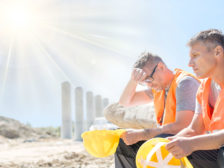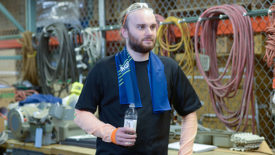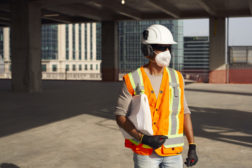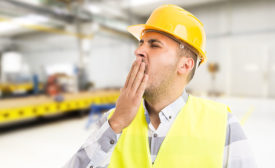Workplace Health
Health
Focus On | Early intervention
A comprehensive guide to the emerging field of athletic trainers and industrial athletes
April 12, 2022
Protect workers from harmful industrial noise
Hearing loss is a common but preventable occupational injury
April 6, 2022
Politics surround Pregnant Workers Act
Many organizations and businesses seek to influence direction of new law
February 28, 2022
Never miss the latest news and trends driving the safety industry
eNewsletter | Website | eMagazine
JOIN TODAYCopyright ©2024. All Rights Reserved BNP Media.
Design, CMS, Hosting & Web Development :: ePublishing












